As a pet owner, you may have never thought that your beloved furry friends could turn on each other, but unfortunately, it can happen. The pain and shock of one dog killing another can leave you feeling confused and helpless.
However, in this difficult situation, taking action and making decisions prioritizing your remaining pet’s safety and well-being is important. We will discuss my dog killed my other dog and ways to prevent future incidents. While it may be a difficult topic to confront, it is crucial to be informed and prepared in case this unfortunate situation ever occurs.
As responsible pet owners, it is our responsibility to ensure the safety and happiness of all of our furry companions, and this begins with addressing a tragic event such as this calmly and professionally. So, let us delve into the steps you should take after your dog has killed another dog and what you should do to move forward.
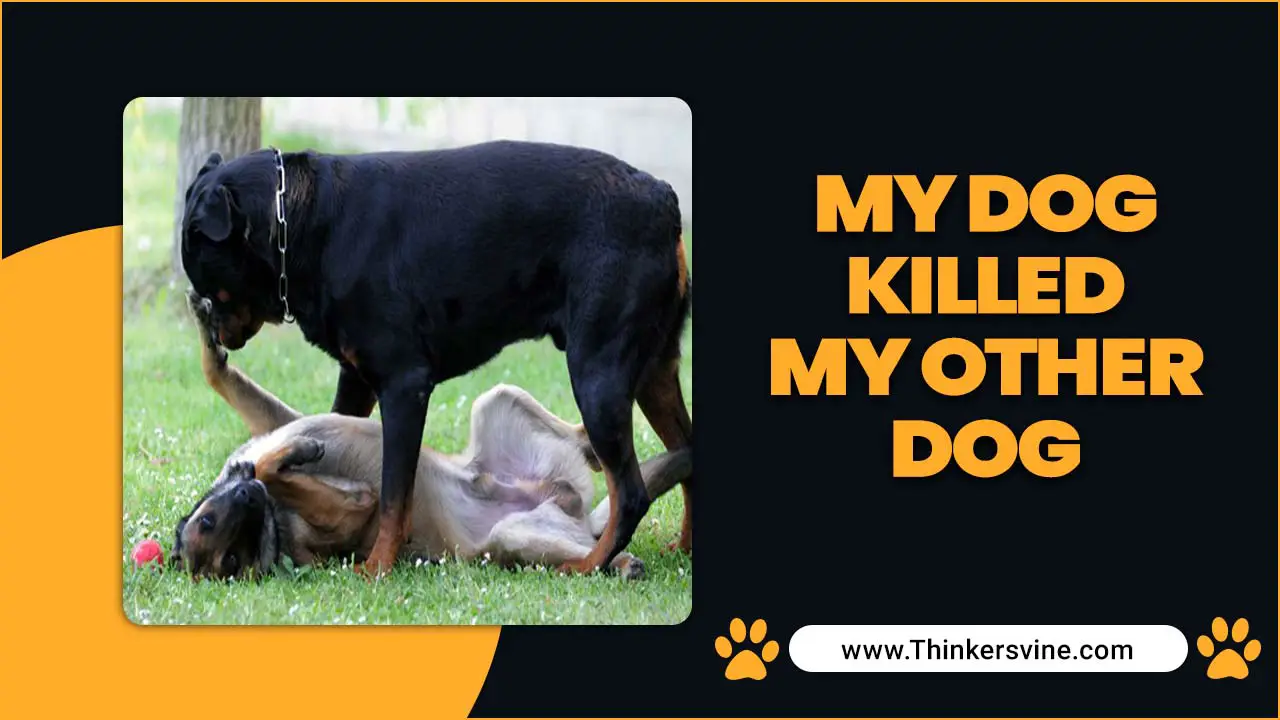
What Should I Do If My Dog Killed My Other Dog
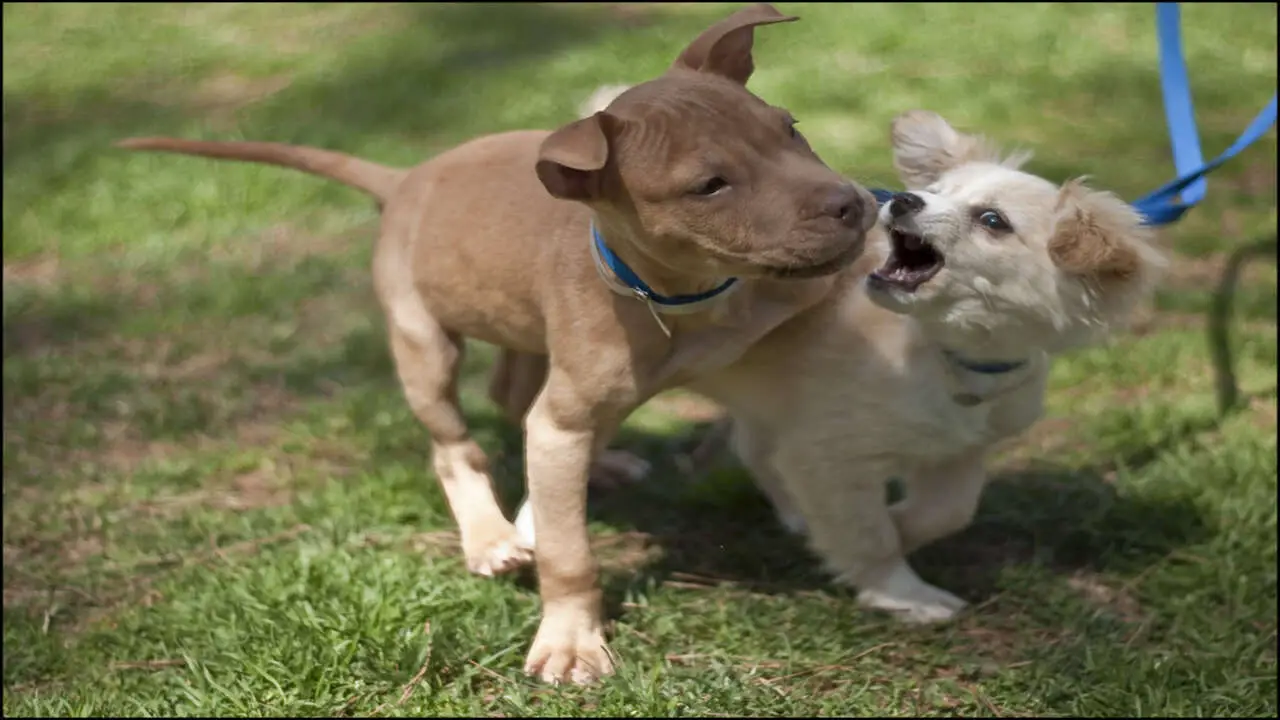
Discovering that your dog has killed another dog can be an incredibly distressing and heartbreaking situation. It is important to prioritize the safety of all animals involved and take immediate action. Every situation is unique, and seeking professional advice from trainers or behaviorists is crucial.
When dealing with aggression between dogs. With patience, education, and proper management strategies, creating a safe and harmonious environment for all pets involved is possible. Here are some steps to consider if you find yourself in this difficult situation:
- Separate the Dogs: Ensure the safety of any remaining animals by immediately separating them from the dog that has exhibited aggressive behavior. This may involve physically separating them into different rooms or using crates or barriers.
- Seek Veterinary Care if Necessary: If any dogs are injured, it is crucial to seek veterinary care for them as soon as possible. Even seemingly minor injuries can have underlying complications that need to be addressed by a professional.
- Assess the Situation: It is important to evaluate why the incident occurred and whether any warning signs led up to it. Consult with a professional dog trainer or behaviorist. Who can help you understand the underlying causes and guide you in preventing future incidents?
- Create a Safe Environment: Once you have assessed the situation, make any necessary changes to your home or daily routine to prevent similar incidents from occurring in the future. This may involve implementing stricter supervision and training protocols or consulting a professional behaviorist for further guidance.
- Seek Support: Dealing with such a traumatic event can be emotionally challenging. Reach out to friends, family, or support groups who can provide understanding and guidance during this difficult time.
Contact A Reputable Dog Trainer
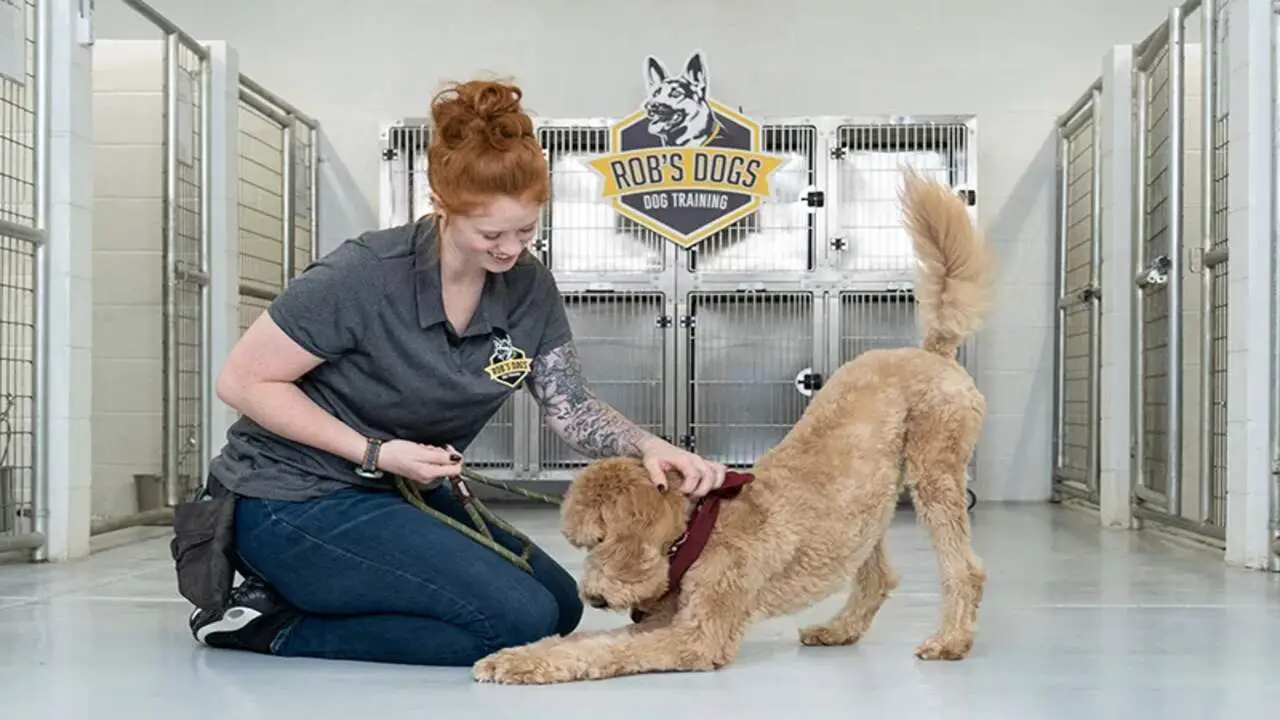
If you’re in need of guidance and training for your furry friend. It’s time to reach out to a reputable dog trainer. These professionals have the expertise and experience to help you tackle behavioral issues or obedience concerns.
By working with a dog trainer, you can ensure that your beloved pet is on the path to becoming a well-behaved and happy companion. So don’t hesitate to take the first step towards a harmonious relationship with your four-legged buddy by contacting a reputable dog trainer today.
Discuss With The Vet
In addition to contacting a reputable dog trainer, discussing your concerns with your trusted veterinarian is always wise. Vets not only have a deep understanding of dog behavior but can also rule out any underlying medical conditions that might be contributing to your furry friend’s behavioral issues.
By consulting with the vet, you can ensure that you take a holistic approach to your pet’s well-being and address all possible factors. So book an appointment with your vet today and start the journey towards a happy and well-balanced pup.
Reach Out To Animal Shelters
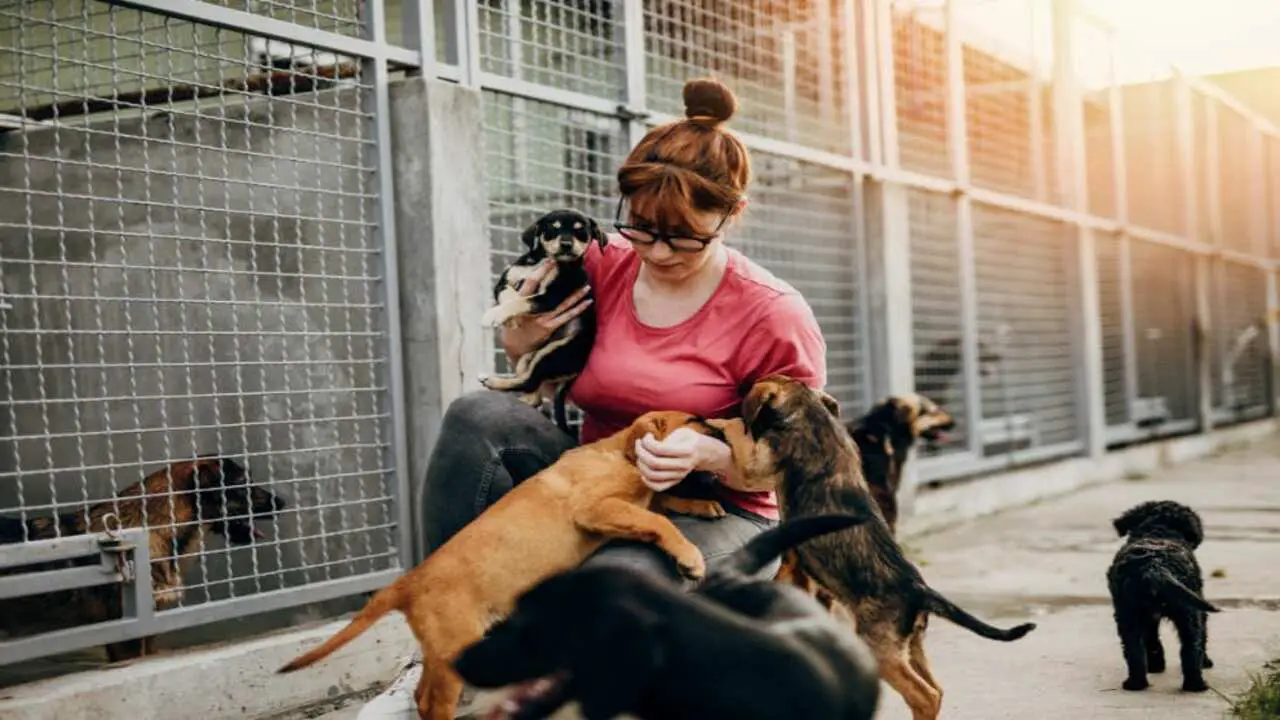
If you want to add a furry friend to your family, contacting animal shelters is a great place to start. These shelters often have a wide variety of dogs that are in need of loving homes.
By adopting from a shelter, you not only give a deserving dog a second chance at happiness but also contribute to reducing the number of homeless pets. So take the time to visit your local animal shelters and see if there’s a perfect match waiting for you. With their wagging tails and grateful hearts, shelter dogs can bring so much joy into your life.
Euthanize The Dog Humanely
A dog’s behavioral issues become unmanageable in the unfortunate and devastating event. Euthanasia may be considered as a last resort. However, it is crucial to approach this decision with utmost care and only after exhausting all available options.
Consultation with a professional veterinarian or animal behaviorist is essential in determining whether this is the most humane and responsible course of action. Remember, euthanasia should never be taken lightly and should only be considered after all efforts to rehabilitate the dog have been explored.
How To Stop It- Some Training Methods
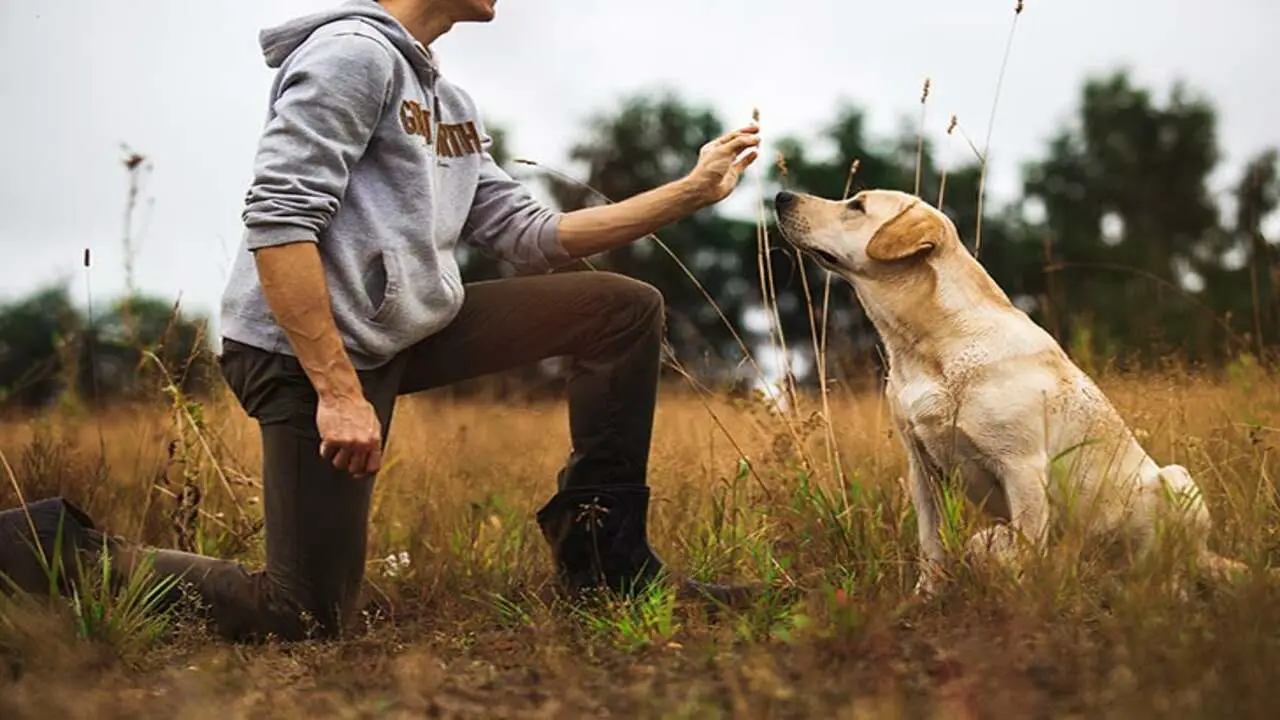
Several training methods can be effective in stopping unwanted behaviors in your pet. Every pet is unique and may respond differently to different training methods. Finding what works best for your pet and being patient throughout the training process is important. With time and consistency, you can help stop unwanted behaviors and create a harmonious relationship with your furry friend. Here are a few techniques to consider:
1.Lock Them Up So They Are Safe And Secure
One training method to consider when trying to stop unwanted behaviors in your pet is using confinement. Provide a safe and secure space for your pet, such as a crate or a designated area in the house. You can prevent them from engaging in unwanted behavior.
This method can be particularly effective for behaviors like destructive chewing or excessive barking when you’re not at home. However, it’s important to ensure that the confinement area is comfortable and not used as a punishment but as a way to keep your pet safe and provide a calm environment.
2.Teach The Difference Between ‘Hunt’ And ‘Play’
Another training method to consider is teaching your pet the difference between “hunt” and “play.” Many unwanted behaviors, such as excessive chasing or biting, may stem from your pet’s natural instinct to hunt. By redirecting this energy towards appropriate play activities, you can help eliminate these unwanted behaviors.
Use interactive toys, like puzzle treat dispensers or flirt poles, to engage your pet in mentally stimulating play sessions. This will provide an outlet for their energy and strengthen the bond between you and your pet.
3.Early Training Works Best
When training your pet, the saying “early training works best” couldn’t be more true. Starting the training process as early as possible will lay a solid foundation for your pet’s behavior and make it easier to address any unwanted behaviors that may arise.
Puppies and kittens are like sponges, eager to learn and please their owners. Introducing them to basic commands, and socializing them with other animals and people. And teaching them appropriate behaviors from the start, you can prevent many common behavior problems down the road.
4.Don’t Punish A Dog After Killing
Punishing a dog after an incident where it has killed another dog may not be an effective training method. While it is understandable to feel angry and upset, punishing the dog can create fear and anxiety, which may exacerbate aggressive behavior. Instead, focus on prevention and proactive training methods to manage the situation.
Consult with a professional dog trainer or behaviorist who can provide guidance on how to address the underlying causes of aggression and implement positive reinforcement techniques. It is important to remember that each situation is unique, and seeking professional help can ensure that you are using the most appropriate and effective methods for your specific circumstances.
5.Bad Association
Creating a positive association is crucial when training your pet. Using punishment or negative reinforcement can lead to anxiety, fear, and even canine communication aggression. Instead, focus on rewards-based training methods that involve positive reinforcement. This means rewarding your pet with treats, praise, and affection when they exhibit the desired behavior.
By associating good behavior with positive experiences, you encourage your pet to repeat those actions in hopes of receiving more rewards. This fosters a strong bond behavior between dogs and your pet and makes learning enjoyable for both of you.
6.Conduct Behavioral Work
If your pet’s destructive chewing or excessive barking persists despite your efforts, it may be necessary to conduct some behavioral work. This can involve seeking guidance from a professional dog trainer or animal behaviorist who can provide you with personalized strategies and techniques to address the specific issues you are facing.
Behavioral work may include desensitization and counter-conditioning exercises, where your pet is gradually exposed to triggers that elicit the unwanted behavior in a controlled manner. Through this process, they learn to associate these triggers with positive experiences instead of reacting negatively.
7.Handling Emergencies
Handling emergencies is an important part of being a responsible pet owner. While we hope that nothing bad situation ever happens to our furry friends, it’s always best to be prepared.
First, ensure you have a first aid kit specifically for your pet. This should include items like bandages, antiseptic solutions, and tweezers for removing splinters or ticks. In the case of a medical emergency, it’s important to have the eye contact information for your veterinarian readily available. Keep their number saved in your phone and posted somewhere visible in your home.
8.Dropdown
Another important aspect of handling emergencies is knowing when to seek immediate veterinary care. If your pet displays symptoms such as difficulty breathing, severe bleeding, or sudden paralysis, don’t hesitate to contact your vet or the nearest emergency animal hospital.
In addition to medical emergencies, it’s essential to be prepared for natural disasters or other unforeseen events. Have a plan in place that includes provisions for your pet, such as keeping extra food and water on hand, having a sturdy carrier or crate available for evacuation, and knowing where the nearest pet-friendly shelters are located.
Killing Another Dog By One Dog
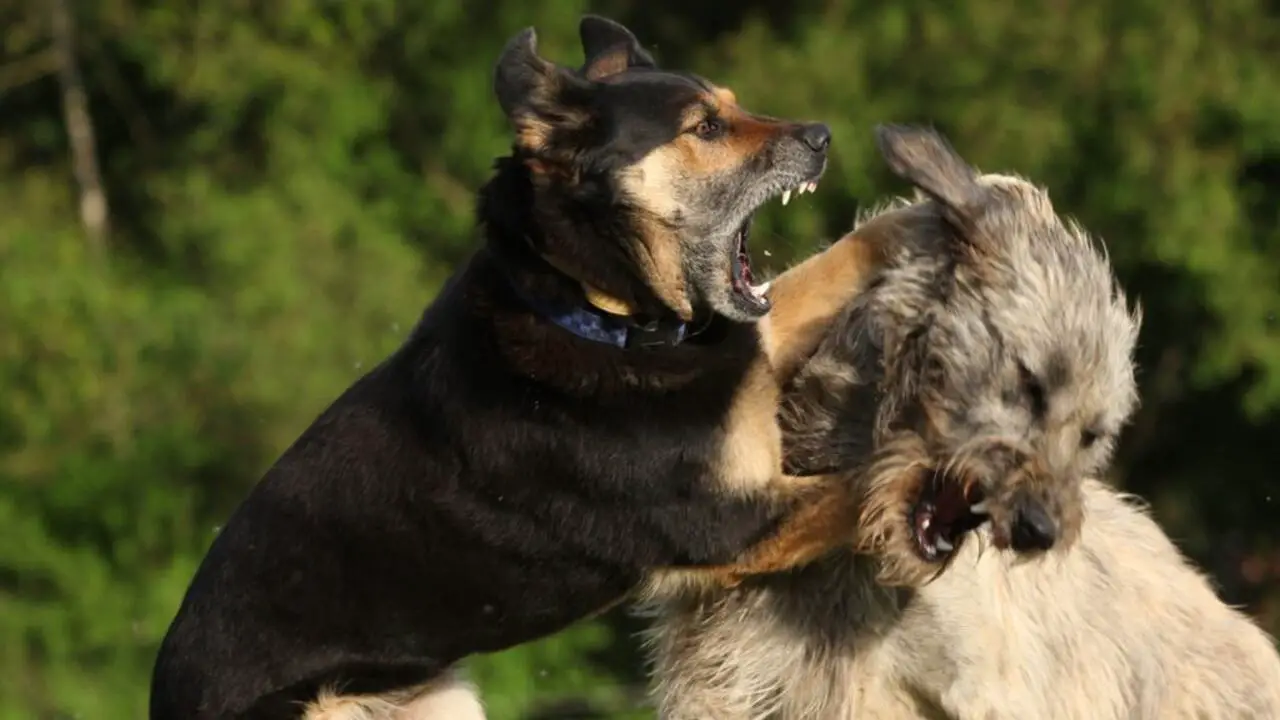
Discovering that one dog has killed another can be a devastating and traumatic experience for any pet owner. It is important to remember that dogs have natural instincts; sometimes, these instincts can result in aggressive behavior towards other dogs.
If your dog has killed another dog, it is crucial to prioritize the safety of all pets‘ safety and take immediate action to prevent further incidents. Consider seeking professional guidance from a veterinarian or animal behaviorist who can assess the situation and guide your dog’s behavior.
It may also be helpful to create separate spaces for each dog in your home to prevent potential conflicts. Remember, this is a difficult situation, and seeking professional help is essential in ensuring the safety and well-being of all pets involved.
Some Suggestions For The Owner
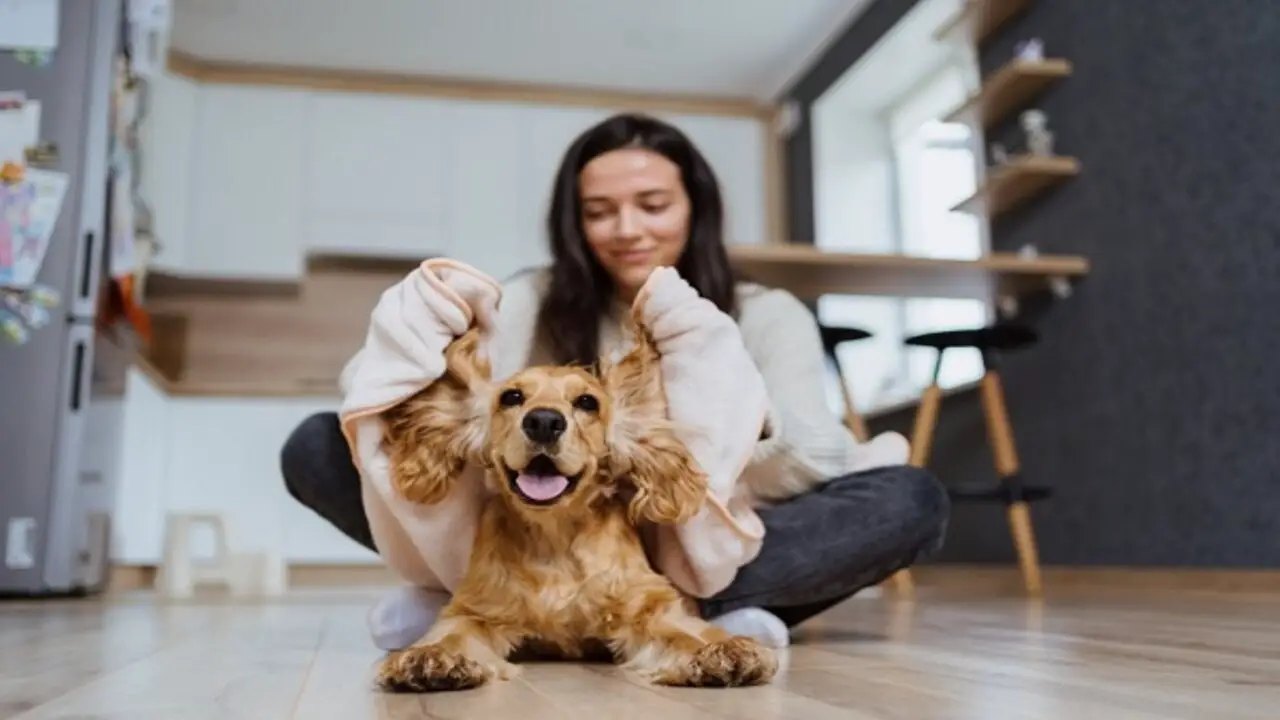
Losing a beloved pet can be an incredibly difficult and traumatic experience, especially when it is due to the actions of another pet in your household. As an owner, it is important to prioritize the safety and well-being of all your pets and take steps to prevent any further harm.
Remember, each situation is unique, so it is important to tailor these suggestions based on your specific circumstances. Seeking professional guidance will provide valuable insights and support as you navigate this challenging time. Here are some suggestions for owners who find themselves in this heartbreaking situation:
- Seek Professional Help: Contact a veterinarian or animal behaviorist who can guide and support you during this challenging time. They can help you understand the underlying causes of the sudden aggression and provide strategies for managing the situation.
- Separate and Supervise: To prevent any further incidents, it is crucial to separate the involved pets and closely monitor their interactions. This may involve keeping them in separate areas of your home or using baby gates or crates to create physical barriers.
- Implement Training and Behavior Modification: Working with a professional trainer or behaviorist, develop a training plan that addresses any aggressive behaviors exhibited by your remaining pet. Positive reinforcement training techniques can be used to reinforce desired behaviors and discourage experienced aggression trainers.
- Create a Safe Environment: Make changes in your home to minimize potential triggers for aggressive behavior. This may include providing separate feeding areas, ensuring each pet has its own toys and resource guard, and gradually reintroducing them under controlled circumstances.
- Be Patient and Compassionate: It takes time for pets to adjust to new dynamics within their household. Show patience and understanding as you work through this difficult process, offering plenty of love and reassurance along the way.
How Many Dogs Make A Pack
Regarding dogs, the concept of a “pack” can vary depending on different factors. Generally, a pack can be defined as a group of dogs that live together and have established a social animal hierarchy. However, the specific number of dogs required to form a pack can vary.
Some experts believe a pack can consist of as few as two dogs, while others suggest it typically includes three or more. It is important to note that not all dogs will naturally form packs, and some may prefer to live as solitary pets. Additionally, the dynamics within a pack can change over time, so it is important for dog owners to monitor their pets’ behavior and provide proper training and socialization to ensure a harmonious living environment.
How To Stop Dogs From Fighting in Your Household
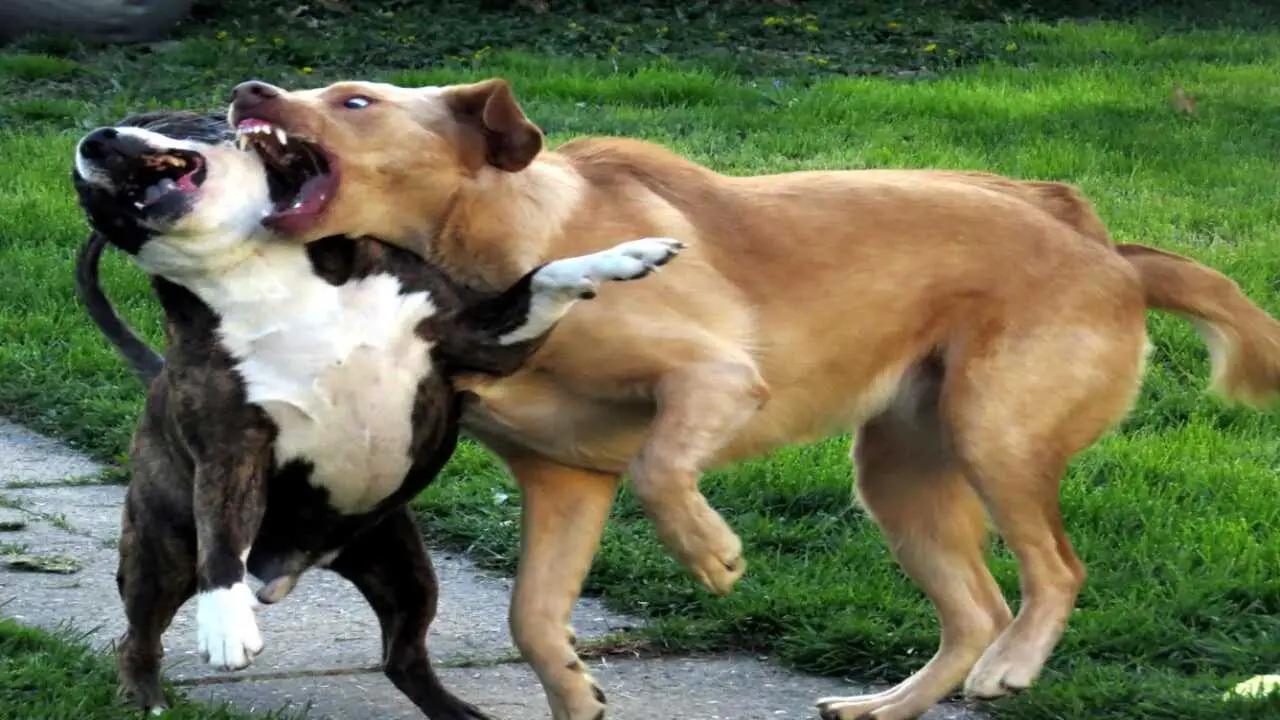
Almost every dog owner has a story about their pets fighting in the household. These days, it’s hard always to keep an eye on your pups. While it is important not to leave them together unattended, there are some things you can do to help them get along better when they’re near each other. Here are some tips on how you can stop dog fighting:
- Create your dogs wisely
- Train your dogs to be comfortable around each other
- Understand your dog’s dominance level
- Adjust their feeding schedules
- Provide them with outlets for stress and boredom
- Watch for signs that might indicate conflict is brewing
- Arrange for separate sleeping areas
- Give them a way to burn off energy
- Socialize and work on manners
- Stock up on doggy toys, bones, and treats
- Limit their access to resources to food whenever possible
- Make sure to get a prescription for heartworm-preventive tablets
Liability For Injury To A Dog Or Other Pet
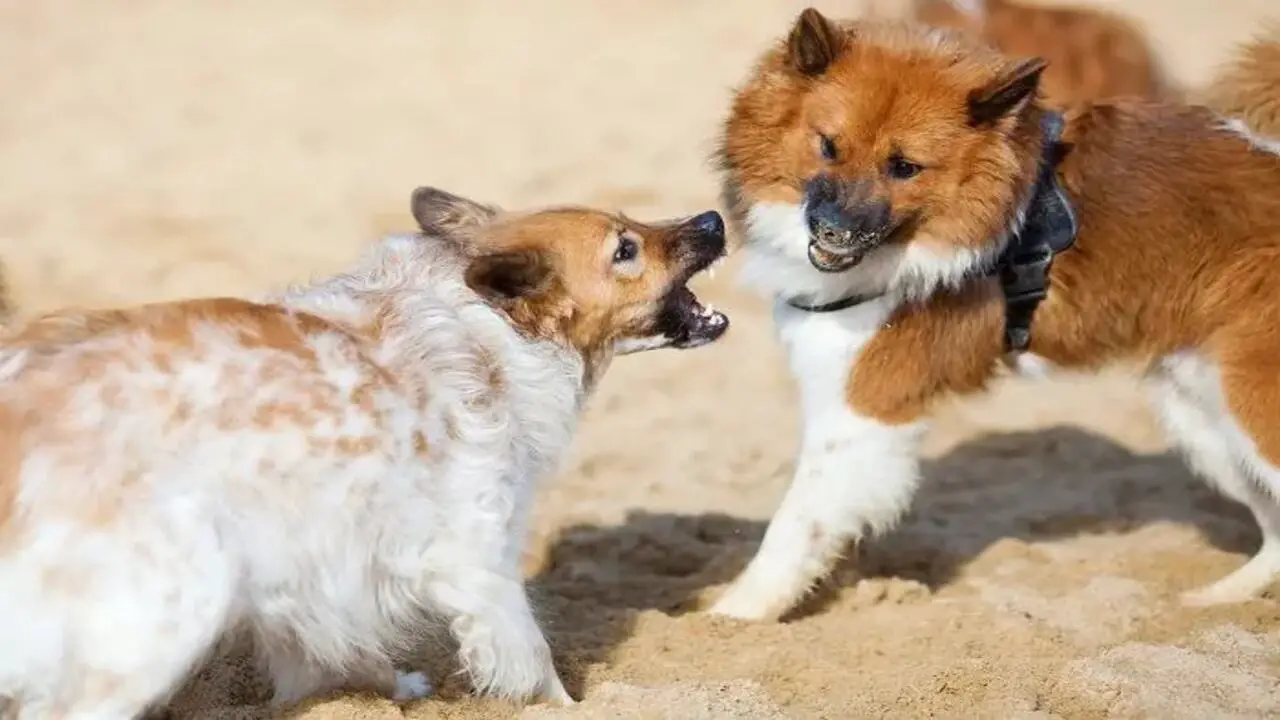
Liability for a dog or another pet injury can be a complex issue. In cases where one dog has caused harm to another, it is important to consider factors such as the circumstances surrounding the incident, any previous aggressive behavior exhibited by the dog, and whether negligence or lack of supervision played a role.
Depending on the jurisdiction, there may be laws in place that hold dog owners responsible for injuries caused by their pets. It is advised to consult with a legal professional who specializes in animal law to understand your rights and obligations in such situations.
1.General Liability
Liability for a dog or another pet injury can be a complex issue. In general, the person responsible for the injury may be held liable for any damages that result. This could include medical expenses, veterinary bills, and even emotional distress.
However, it is important to note that laws regarding liability for pet injuries can vary depending on the jurisdiction. Some areas may have specific statutes that outline pet owners’ responsibilities, while others may rely on general negligence principles.
2.Duty Of Care
Determining liability will largely depend on the concept of duty of care regarding the unfortunate situation of one dog injuring or killing another. As pet owners, we are responsible for ensuring our animals’ safety and well-being, which includes taking necessary precautions to prevent harm.
However, it is also important to recognize that dogs are animals with their own instincts and behaviors. Sometimes, unforeseen circumstances or unpredictable interactions may occur despite our best efforts.
3.Causation
Determining liability for injury to a dog or other pet can be a complex issue, especially when one pet causes harm to another. In cases where one dog kills another, causation is a key factor that will be considered. It must be established that the actions of one dog directly caused the death of the other.
This can involve gathering evidence such as witness statements, veterinary records, and available surveillance footage. Additionally, it may be necessary to consult with legal professionals specializing in animal law to navigate the complexities of this situation.
Conclusion
One optimistic reason to know is that through this unfortunate experience, you may gain a deeper understanding of the importance of responsible pet ownership and ensuring the safety and well-being of your furry friends.
The loss of a beloved pet is always a heartbreaking experience, even more so when it is at the hands of another pet in the same household. However, it is important to remember that animals are instinctual creatures, and their behavior can sometimes be unpredictable.
It is crucial to seek professional help and support during this difficult time for yourself and your surviving pet. With time and proper care, it is possible for the two of you to heal and move forward from this tragic event. We’ve discussed my dog killed my other dog. Remember to be patient and understanding with yourself and your furry companion. This knowledge can help prevent similar incidents in the future and promote a safer environment for all pets.
FAQs
[rank_math_rich_snippet id=”s-3d1bcbb9-1b14-4e3e-82d6-1f512e320277″]